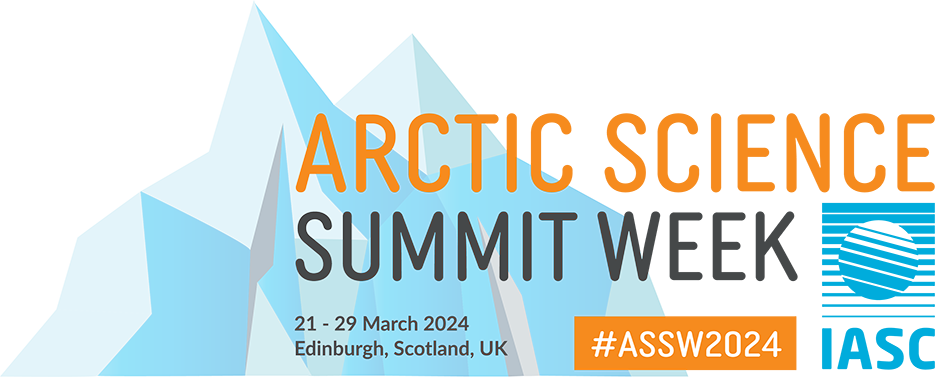
22 February 2023 | 14:00 - 14:45 (GMT+1)
Open Session - HYBRID
Room: Audimax
ASSW 2023 Science Symposium Keynote Lecture 2:
Understanding the Arctic aerosols and their climatic impacts: POLar AERosol NETwork (POLAERNET)
Rohit Srivastava (National Centre for Polar and Ocean Research)
Arctic amplification is the faster increase in the mean surface temperature of the Arctic region than the global mean value. It could be due to the complex feedback mechanism, such as the decrease in sea ice extent, which can influence the global radiation balance by reducing the surface albedo. The positive feedback can lead to more rapid ice loss. Aerosols play a crucial role in the global climate system, including the Arctic. There are three significant processes directed by aerosol-radiation interactions which can contribute to Arctic warming. The first one is the absorption of incoming solar radiation by absorbing aerosol (e.g., Black Carbon, BC), which can give rise to warming in the lower atmosphere and cooling at the surface. This subsequently modifies the atmospheric stratification and alters the local circulation. Secondly, the latitudinal temperature gradients can be enhanced by absorbing aerosols available at lower latitudes, resulting in increased pole-ward heat transport. In the third process, the warming can be attributed to a decrease in ice/snow albedo owing to the deposition of absorbing aerosols. Therefore, continuous observations of aerosols over the polar regions are very important to understand the variability in aerosols and their radiative impact. POLar AERosol NETwork (POLAERNET) is being developed by NCPOR for the long-term and continuous observations of aerosols over the polar (Arctic and Antarctic) and Himalayan regions. The data from POLAERNET can improve our understanding of Arctic aerosol variabilities and their climatic impacts. The continuous and long-term data can also be useful in estimating trends and other behaviors; and in validating the model simulations and satellite-derived aerosol products over the region. This will be helpful in improving the model prediction of climate change. The validated climate model outcomes will be helpful in the study of anthropogenic climate change over polar regions.